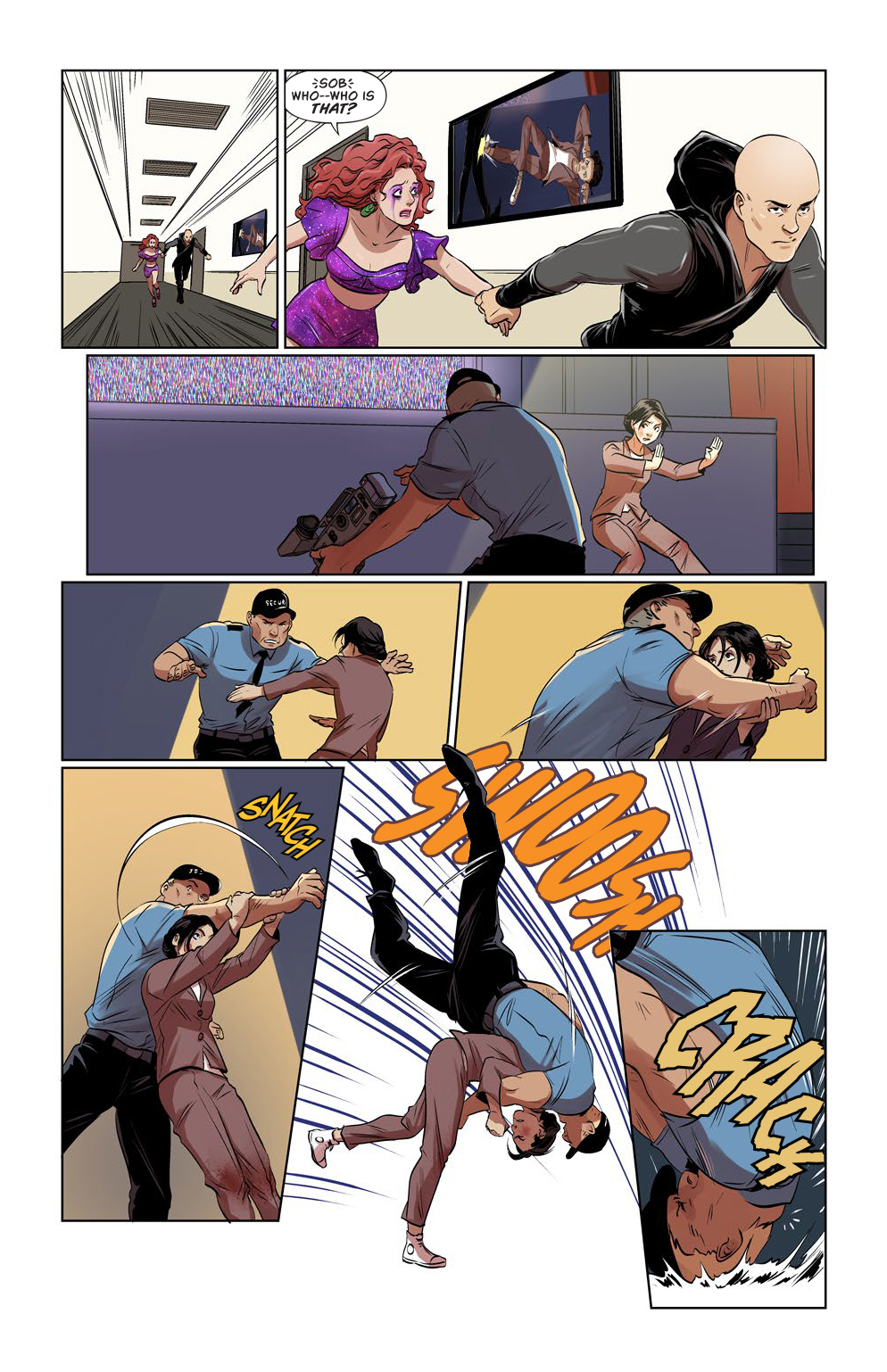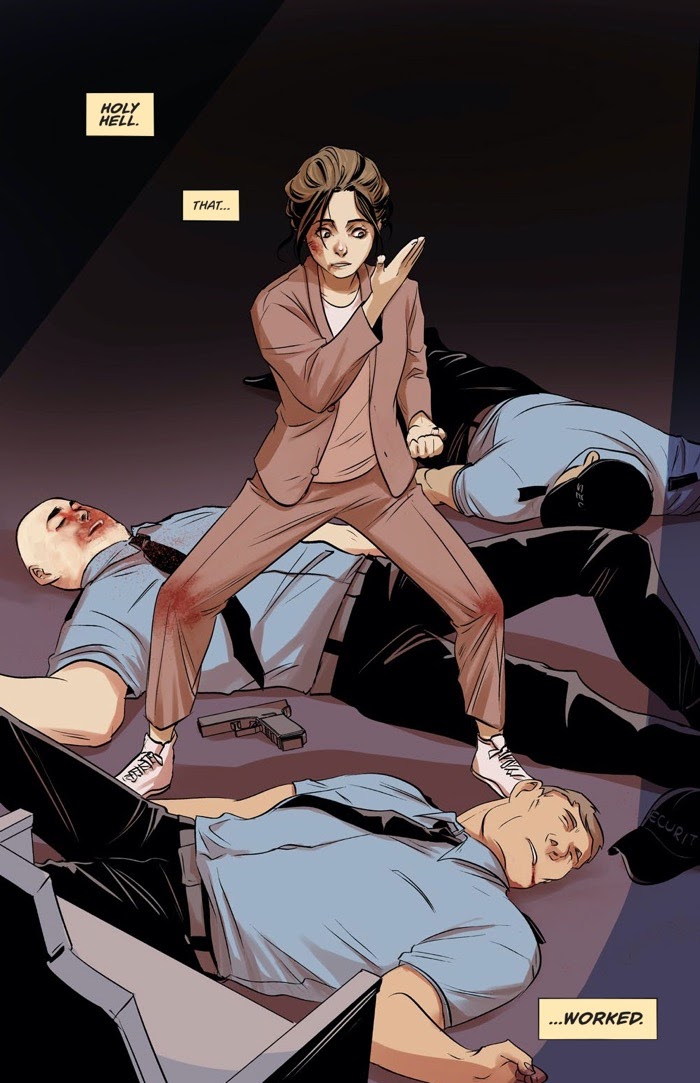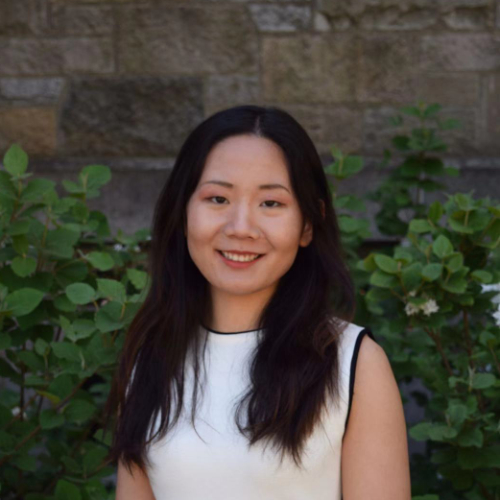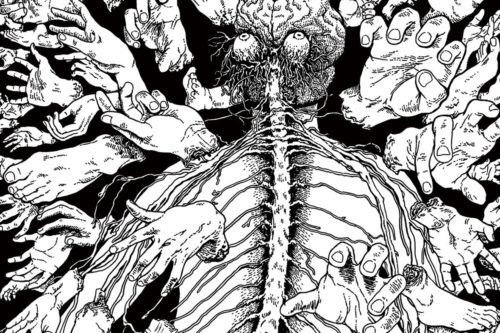‘The Adept’: Rebooting wuxia, China’s ancient literary genre
'The Adept' is the first of what will be five interconnected comic franchises created by Immortal Studios. Together, they reimagine one of China's oldest literary genres for a modern Western audience.

For many, the “wǔxiá” 武侠 genre will evoke images from Crouching Tiger, Hidden Dragon, the movie that first introduced a fantastical version of Chinese martial arts to Western audiences. But the full wonder of wuxia — including the concepts of jiānghú 江湖 and wǔlín 武林, the realm where martial arts heroes inhabit and the culture that defines these characters’ actions — is regrettably being taken for granted, even in mainland China and Hong Kong. Peter Shiao is trying to change that.
The son of renowned Chinese-American wuxia writer Shiao Yi (萧逸 Xiāo Yì), Peter Shiao is trying to reinvigorate and reimagine the wuxia world through graphic novels, which he believes is the best way to bring this ancient genre of literature — with its unique history, legends, and lifestyles — to modern audiences. The visual presentation allows for “poetry and imagination,” and is faster and more economical than shooting a video, Shiao said. “It’s the cheapest, fastest, and most true way to do it.”
The Adept is the result: the first installment in what will be a comic book series that tells the story of a young Chinese-American woman’s quest to study an ancient martial tradition from a Shaolin master. Meanwhile, she must go through a self-transformation and find redemption in her personal life.
Setting the story in today’s world and giving the characters contemporary identities is at the heart of what Shiao and his team at Immortal Studios is trying to do. They believe that wuxia should not be a distant concept that triggers only the image of people fighting in ancient costumes. Instead, they believe that the spirit of wuxia lies in striving for self-empowerment and overcoming challenges for the benefit of both the self and others. By setting the stories in the present day, Shiao’s team is trying to modernize wuxia.
Shiao also wanted to present an authentic image of Shaolin, the birthplace of kung fu. According to him, the true spirit of Shaolin, the state of consciousness, is often “lost in the shuffle” and reduced to shaved heads and physics-defying maneuvers.
One way to honor the Shaolin culture is to present kung fu movements exactly as Shaolin masters would do them. But illustrating the dynamic martial arts movements in artwork was a huge challenge. So Shiao hired Gene Ching, a Shaolin kung fu master, as a choreographer to identify the physical forms appropriate for the page. “We treated it almost like how they actually would shoot a movie,” Shiao said. Conor Hughes, an action artist, would study the martial arts mechanics and draw out the movements. Finally, artist Yishan Li would add the finishing touch, illustrating the movement’s energy flows and characters’ facial expressions.
“We’re going to experience many different forms of authentic kung fu fighting in The Adept, and all of them will be real, not just in somebody’s imagination,” Shiao said. “One of our goals is for martial artists to read The Adept and say, ‘Wow, we like this.’”
The Adept is one of five comic franchises Immortal Studios is working on. Others include adapted stories from Shiao Yi’s literature, Assassin G, Chronicles of the Immortal Swordsman, and Ma Ming Feng Xiao Xiao (马鸣风萧萧 mǎmíng fēngxiāoxiāo), plus an Immortal Studios original, Fa Sheng. Each will be a complete subworld. The five subworlds will make up a storyverse that Shiao and his team envision as an interconnected Marvel-like universe with intertwined characters and timelines. They will eventually join together to face an existential crisis.
Underlying these ambitions, Shiao wants to remind people what “being Chinese” really means. Wuxia “is the receptacle for all the aspects of Chinese culture that we identify with,” he said: an amalgamation of Chinese ideas of philosophy, morality, human relations, aesthetics, beauty, and cosmology. But Shiao won’t limit his characters to only those with Chinese heritage. By designing a black protagonist for Ma Ming Feng Xiao Xiao, Shiao explores modern narratives and makes the case that regardless of skin color, wuxia conveys a worldview that applies to everyone.
“I think it’s about the idea of balance,” Shiao said. “This is more needed than ever.”






